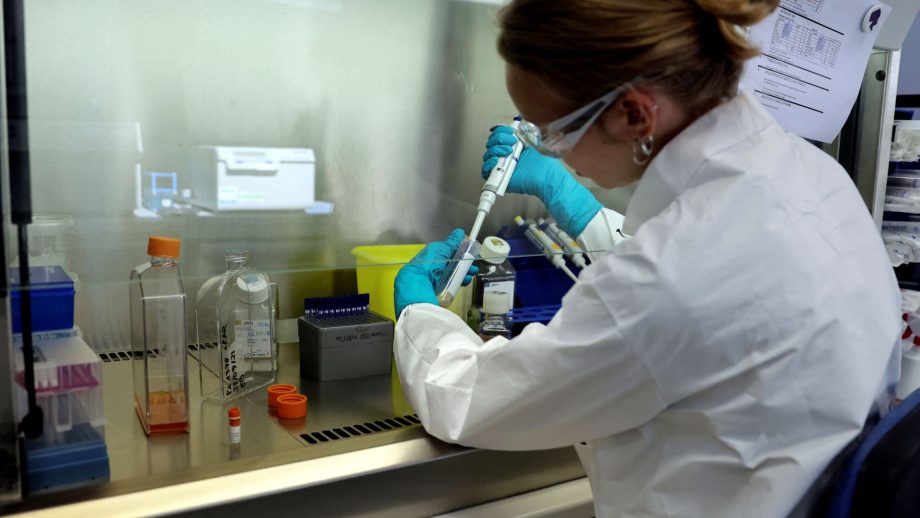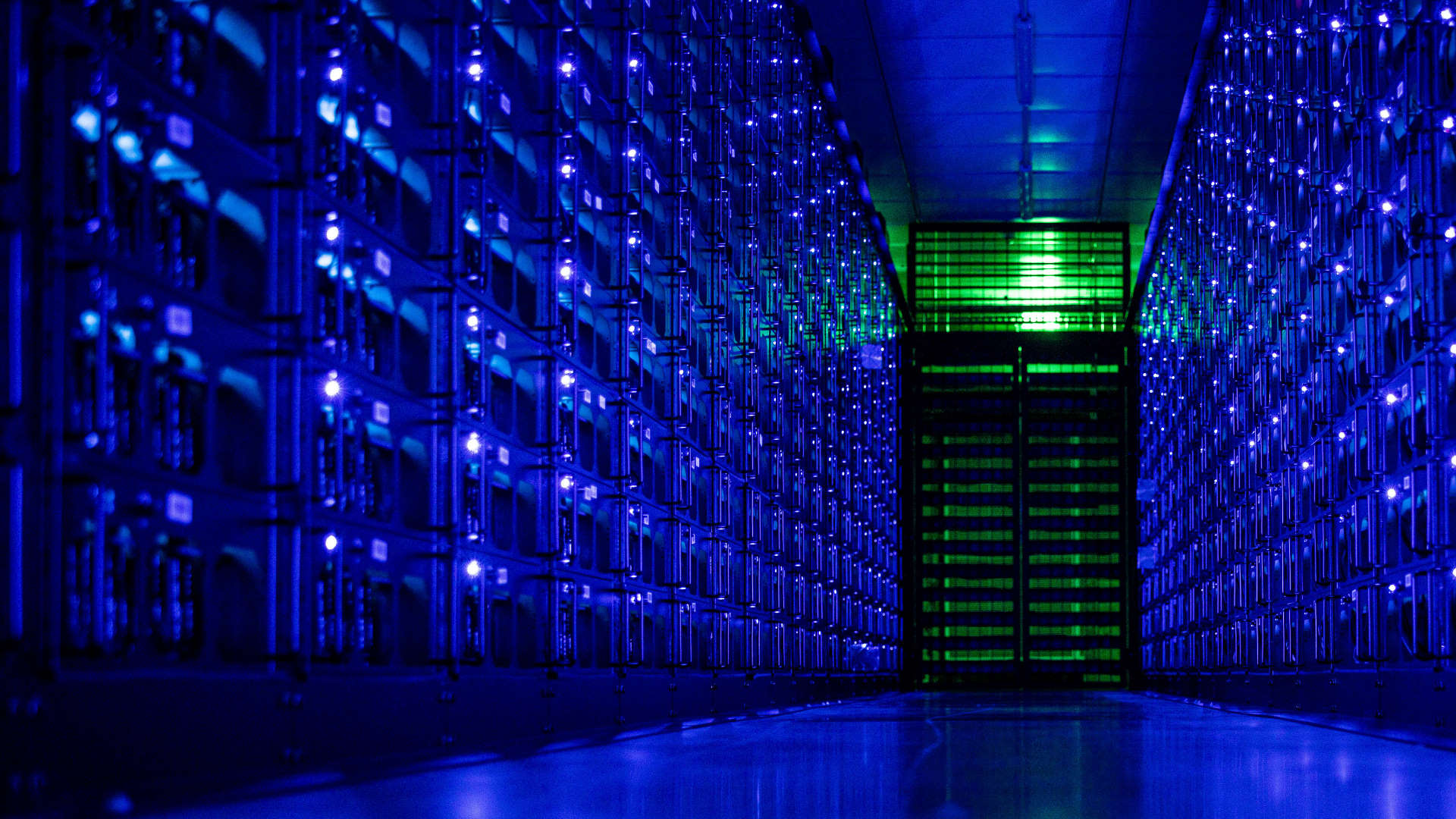Google has announced a new AI model as part of a research collaboration with Yale University. If that sounds a little dry and unexciting, well, you’ve probably got AI fatigue like the rest of us. However, this one may well be worth paying attention to, as it’s already revealed a promising new cancer treatment method—which Google describes as “a milestone for AI in science.”
As Google’s blog post details, a major challenge in cancer immunotherapy is the existence of “cold” tumors, or tumors that are essentially invisible to the body’s immune system. The C2S-Scale 27B model was tasked with finding a drug that could act as a conditional amplifier, or something capable of boosting the immune signal in an environment where low levels of interferon, an immune-signalling protein, were already present—but crucially, not in significant enough quantities to trigger the immune system into doing its job.
Essentially, it was looking for a drug that could turn a “cold” tumour “hot”, or susceptible to immunotherapy, when interferon was already in the mix.
The model simulated the effect of over 4,000 drugs through what the researchers refer to as a “dual-context virtual screen.” This had two stages: the first being real-world patient tumor samples with low-level interferon signalling, and the second being existing cell data with no immune context.
With the screen in place, the AI model was tasked with identifying compounds that would fulfil this specific brief. The AI came back with many potential candidates, but a small fraction of them (10 to 30%, by Google’s estimates) were already known in prior literature. The remaining drugs are described as “surprising hits” with no prior known link to the study’s parameters.









